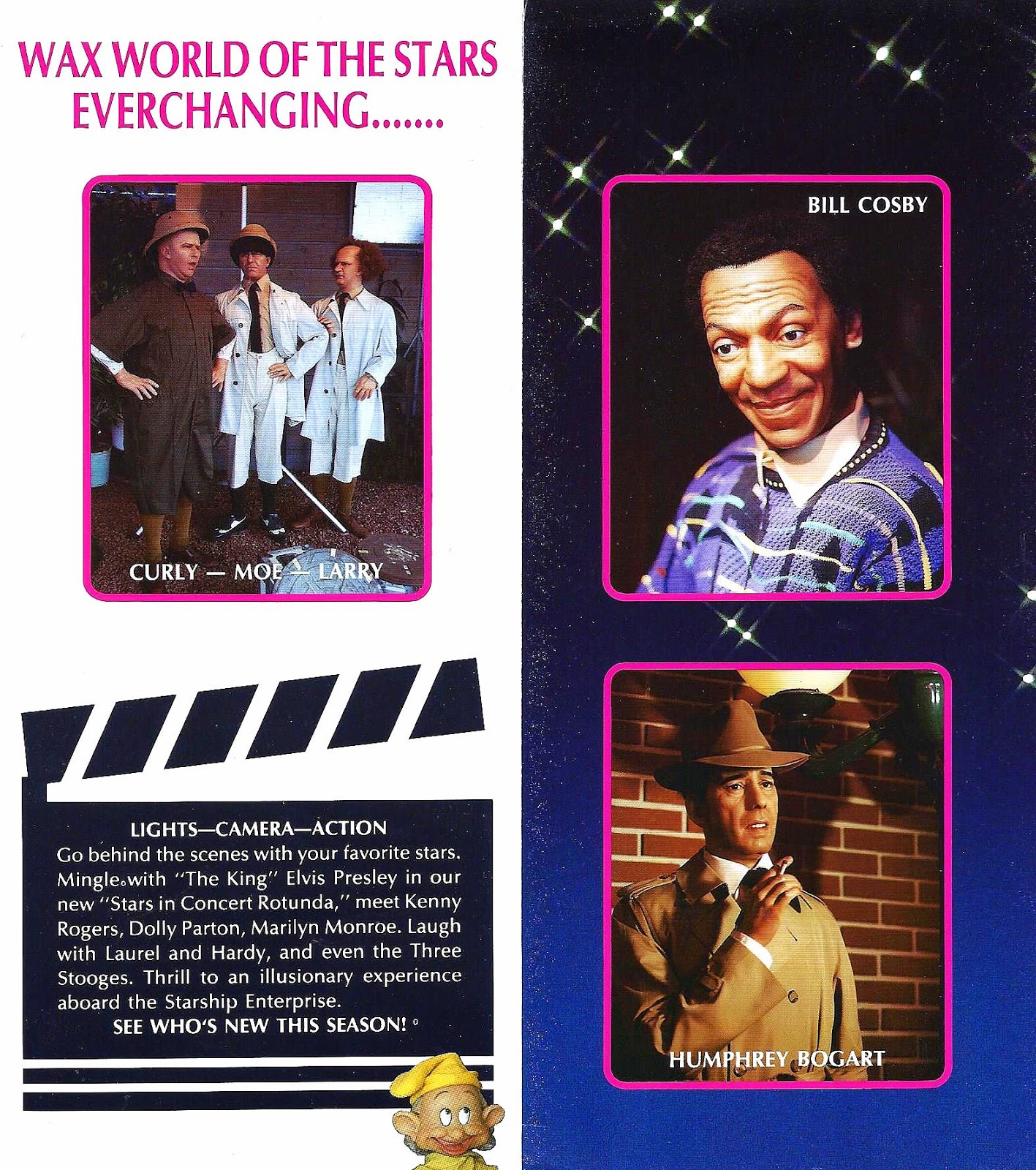Have you ever pondered the fascinating journey of wax and how it has shaped our world? The world of wax is not just a realm of creativity and artistry; it has vast historical, cultural, and functional significance. From the ancient days of candle-making to the modern marvels of wax figures in museums, wax has transcended its simplicity to become an essential element in various aspects of life. Whether it’s through artistic expression or practical applications, the allure of wax continues to captivate our imagination.
The world of wax encompasses a rich tapestry of traditions and innovations. Have you ever considered how wax has been utilized in different cultures? From the ceremonial candles used in religious practices to the intricate wax sculptures that tell stories of our past, each application has its own unique significance. This article will delve into the multifaceted nature of wax and explore its various uses, including its artistic, historical, and commercial implications.
As we navigate this intriguing domain, we will uncover the secrets behind the making of wax figures, the artistry involved in candle-making, and the evolution of wax in the modern era. Join us as we embark on a journey through the world of wax, unveiling its hidden treasures and understanding its impact on our lives.
What is the History of Wax?
The use of wax dates back thousands of years, with artifacts suggesting that ancient civilizations were among the first to harness its properties. Initially, beeswax was the primary type of wax used, prized for its natural aroma and ability to hold shapes. The Egyptians crafted intricate wax figures for their tombs, while the Romans used wax for writing tablets. Over time, the introduction of paraffin wax in the 19th century revolutionized candle-making and opened new avenues for creative expression.
How is Wax Made?
Creating wax is an art form in itself. The process typically begins with extracting wax from natural sources, such as beeswax or plants, or synthesizing it from petroleum products. Here’s a simplified overview of how wax is made:
- Extraction: Natural waxes are harvested from bees, plants, or other organic materials.
- Purification: The wax is purified to remove impurities and enhance its quality.
- Formulation: Additional ingredients may be added to create specific properties, such as scent or color.
- Molding: The wax is poured into molds to create shapes, whether for candles or sculptures.
What Are the Different Types of Wax?
In the world of wax, several types serve various purposes. Here are some of the most common types:
- Beeswax: A natural wax produced by honeybees, known for its golden hue and pleasant scent.
- Paraffin Wax: A petroleum-derived wax often used in candle-making due to its affordability.
- Carnauba Wax: Sourced from the leaves of the carnauba palm, this wax is often used in cosmetics and food products.
- Gel Wax: A synthetic wax that is transparent and often used for decorative candles.
Who Are the Most Famous Wax Sculptors?
Throughout history, many talented artists have made their mark in the world of wax sculpture. Some of the most renowned wax sculptors include:
- Madame Tussaud: Founder of the famous wax museum, she is known for her lifelike figures of celebrities and historical figures.
- Edward J. B. Heller: A contemporary artist celebrated for his innovative approach to wax sculpture.
- David G. H. Moller: Recognized for his detailed and realistic wax figures that often depict historical events.
What Are the Applications of Wax Today?
The uses of wax have expanded significantly in modern times. Here are some notable applications:
- Candle Making: A popular hobby and industry, candles are made for various occasions and purposes.
- Art and Sculpture: Artists use wax as a medium for creating intricate sculptures and figures.
- Cosmetics: Wax is commonly used in lip balms, lotions, and other beauty products for its emollient properties.
- Food Industry: Wax coatings are applied to fruits and vegetables to preserve freshness and enhance appearance.
How Do Wax Museums Capture Our Imagination?
Wax museums have become a popular attraction worldwide, drawing millions of visitors eager to see lifelike representations of their favorite stars and historical figures. These museums often create immersive experiences, allowing visitors to interact with the figures and learn about their stories. The meticulous craftsmanship involved in creating each figure adds to the allure, making each visit a unique adventure in the world of wax.
What Is the Future of Wax in Art and Industry?
As technology continues to advance, the world of wax is likely to evolve further. 3D printing and innovative materials may reshape how artists and industries utilize wax. It’s an exciting time for the wax industry, as new techniques and applications emerge, promising to keep the magic of wax alive for generations to come.
Conclusion
In conclusion, the world of wax is a vibrant and dynamic domain filled with creativity, history, and innovation. From its ancient beginnings to its modern applications, wax has played an integral role in various aspects of life. Whether you are captivated by the artistry of wax sculptures or the warmth of candlelight, the world of wax offers something for everyone to enjoy.
Unveiling The Curves: A Deep Dive Into Brie Larson Measurements
Experience The Ultimate Relaxation At Divas Bikini Bar & Grill
Unveiling The Magic Of Pink Party Lodi: A Celebration Like No Other


